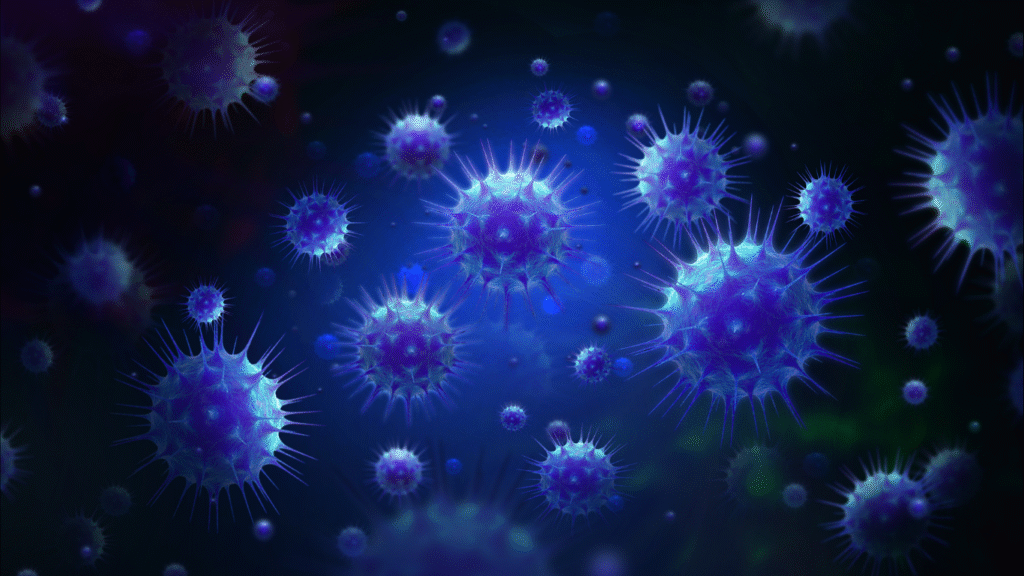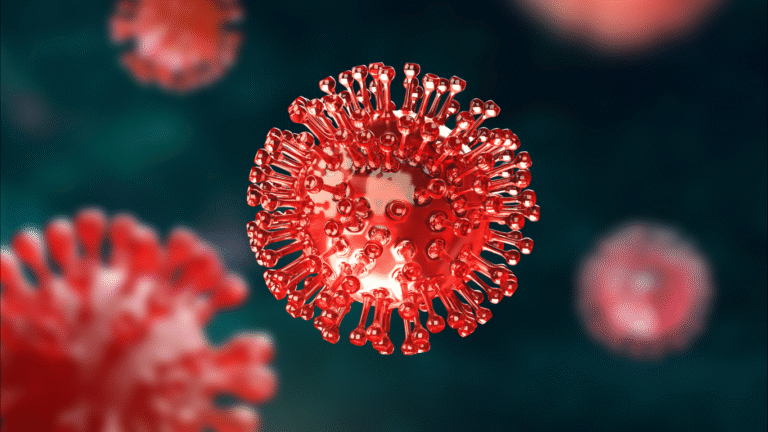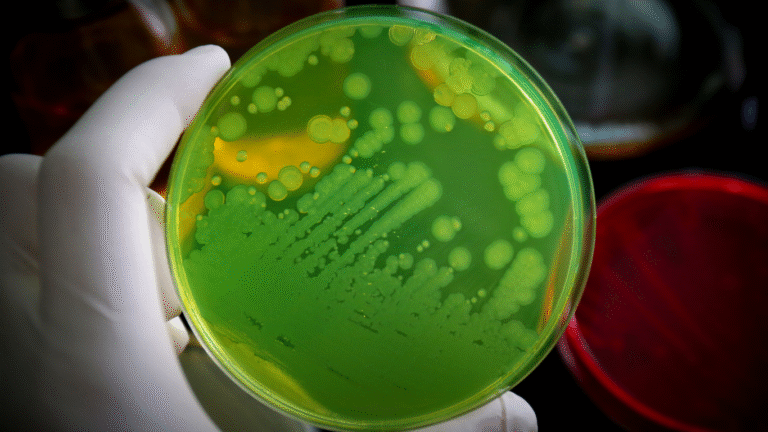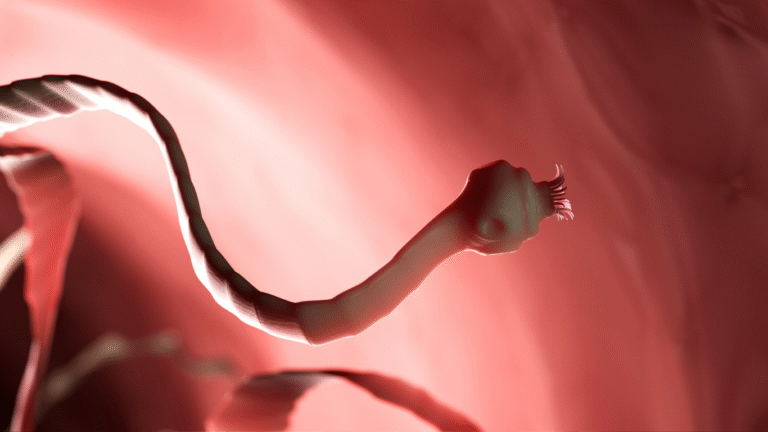Experience a day in the life of Coronavirus through its own eyes. Follow its journey from infection to defeat, told in a vivid, scientifically accurate story.

The air is warm and moist – at least it feels that way here deep inside your nose. I am Coronavirus, gliding along with my viral cousins on the soft lining of your nose and throat. Around me, everything is soft, wet, and alive with movement. Cells shimmer faintly under the mucus layer, breathing and working as they should. Life is quiet… for now. However, I sense a new opportunity ahead when someone nearby coughs or sneezes. As a result, I’m about to embark on a journey into a new host—that’s you.
It begins in a fraction of a second. A cough bursts from someone’s lungs, releasing thousands of droplets into the air. I am inside one of those droplets, carried like a tiny passenger on an invisible ship. We float for a heartbeat, then drift into another person’s airways. Meanwhile, I land on the moist surface of the nose and immediately search for my entrance. My target? A special protein on the outside of certain cells called ACE2. Think of it like a lock, and I have the perfect key. With a gentle click, I attach, and before the body even notices, I slip inside. This is how Coronavirus infects humans and begins to spread — I must attach and enter to survive and multiply (CDC).
Once I’m in, I waste no time. I strip away my outer shell, revealing my genetic code—a strand of RNA. It’s like a set of instructions, and I hand them over to the cell’s machinery. Now, instead of making healthy cell proteins, the machinery begins making more of me. Therefore, one becomes two, and two become dozens. The new copies form their own protective shells, ready to head out into the world. Soon, they burst from the cell, leaving it damaged or destroyed, and move on to find fresh cells to invade. This cycle repeats endlessly, each round faster than the last.
It’s here that I start making my host feel unwell. As I multiply in the back of the throat, nasal passages, and sometimes deep in the lungs, the body responds. You might feel a scratchy throat, a cough, or a fever—it’s the immune system detecting trouble and trying to fight back (Mayo Clinic). However, in these early hours, I’m still ahead.
My life isn’t limited to one person, though. I can travel easily in tiny droplets released when someone talks, laughs, breathes, or sings. Some droplets are heavy and fall quickly; others are so light they can float through the air for minutes, even hours. Consequently, I can move silently between people without anyone realizing. It doesn’t matter if they’re family, friends, or strangers—I take every opportunity to spread. Crowded rooms, close conversations, poorly ventilated spaces… these are my playgrounds.
But then, the tide begins to turn. The immune system is clever. White blood cells patrol constantly, and once they realize I’m here, they sound the alarm. Signals race through the bloodstream, calling for reinforcements. Meanwhile, specialized cells release interferons—proteins that slow my ability to copy myself. In addition, other immune warriors, called T-cells, begin hunting down the cells I’ve already infected, destroying them before I can produce more copies.
It’s not just a quiet fight—it’s a microscopic war. Antibodies, which are shaped to fit me exactly, start latching onto my surface spikes, blocking me from entering new cells. Macrophages—large, hungry immune cells—engulf and digest me like a snack. If my host has been vaccinated, this response happens much faster. Vaccines work by teaching the immune system to recognize me before I even arrive, so instead of scrambling to identify me, it goes straight to the attack (NIH).
On the other hand, if my host has no immunity and the immune system is slow to respond, I may have more time to spread deeper into the lungs. That’s when things can get serious. Inflammation, fluid buildup, and damage to the lung tissue can make breathing difficult. Doctors might step in with antiviral medicines, oxygen, or other treatments to help the body gain the upper hand. But even then, I’m always aware of the danger—once the immune system takes control, my time is short.
Meanwhile, outside the body, I’m facing another threat—prevention. Simple habits make it harder for me to reach new hosts. Handwashing removes me before I can reach your face. Masks trap the droplets I ride in. Good ventilation whisks me away into the open air, where sunlight and dryness can damage me. Therefore, even though I can’t see it, there’s a constant invisible battle between my ability to spread and people’s actions to stop me (NIH).
By evening, my situation grows dire. Antibodies coat me, immune cells engulf me, and damaged host cells are cleaned up by the body. As a result, my numbers drop sharply. I can feel myself fading. However, a few of my cousins may still escape—hidden in a cough, a laugh, or even a breath—ready to begin the cycle again somewhere else. But this time, the odds are against us. The more people use prevention, the fewer doors we can enter.
And so my day ends, not in triumph but in retreat. My story, like that of many microbes, is a reminder of how small actions—washing hands, wearing masks when needed, staying home when sick, and getting vaccinated—can stop even the tiniest invader. Consequently, even though I am microscopic, your choices decide whether I thrive or vanish. In the end, you hold the power to write my ending.




